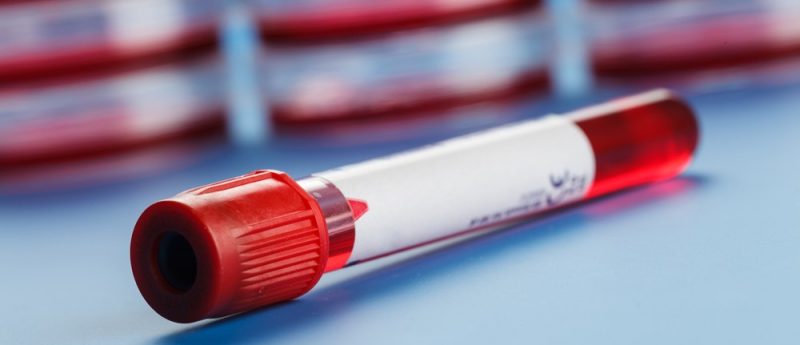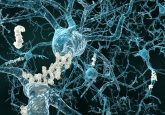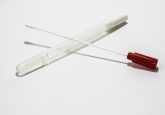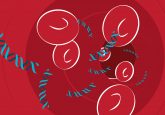Huntington’s disease blood biomarker identified

A collaborative study led by researchers at University College London (UK) has identified a biomarker for Huntington’s disease (HD). The findings, published in Lancet Neurology, demonstrate that neurofilament light chain circualting in the blood can be measured with a blood test, and is amplified both in HD patients and carriers of the disease.
“This is the first time a potential blood biomarker has been identified to track HD so strongly,” said the study’s senior author, Edward Wild (UCL Institute of Neurology). While neurofilament has been previously linked to other neurodegenerative disorders, this is the first time it has been studied in the blood of HD patients.
Neurofilament levels were measured in blood samples taken from volunteers from the TRACK-HD study, which followed 366 volunteers for 3 years. Levels of the protein were raised throughout the course of HD, even in carriers of the disease who were as yet asymptomatic. HD mutation carriers exhibited a neurofilament blood concentration 2.6-times that of control participants, with levels rising throughout the disease course.
In addition, blood neurofilament levels in the patients who were asymptomatic at the start of the study correctly predicted disease onset, with a higher concentration at the start of the study correlating with a higher chance of disease onset within the 3-year study. After taking into account known disease progression factors, such as age and a genetic marker, neurofilament concentration was still sufficient to independently predict onset, progression and rate of brain shrinkage.
Wild commented: “We have been trying to identify blood biomarkers to help track the progression of HD for well over a decade, and this is the best candidate that we have seen so far. Neurofilament has the potential to serve as a speedometer in HD, since a single blood test reflects how quickly the brain is changing.
“That could be very helpful right now as we are testing a new generation of so-called ‘gene silencing’ drugs that we hope will put the brakes on the condition. Measuring neurofilament levels could help us figure out whether those brakes are working.”
The study’s first author Lauren Byrne (UCL Institute of Neurology) added: “This is the first time neurofilament has been measured in blood, so much more work is needed to understand the potential and limitations of this test. In the future, if drugs to slow HD become available, it may well be used to guide treatment decisions. For now, this test is most promising as a much-needed tool to help us design and run clinical trials of new drugs.”
Sources: Byrne LM, Rodrigues FB, Blennow K et al. Neurofilament light protein in blood as a potential biomarker of neurodegeneration in Huntington’s disease: a retrospective cohort analysis. Lancet Neurol. doi:10.1016/S1474-4422(17)30124-2 (2017) (Epub ahead of print); www.ucl.ac.uk/ion/articles/news/huntingtons-blood-test






